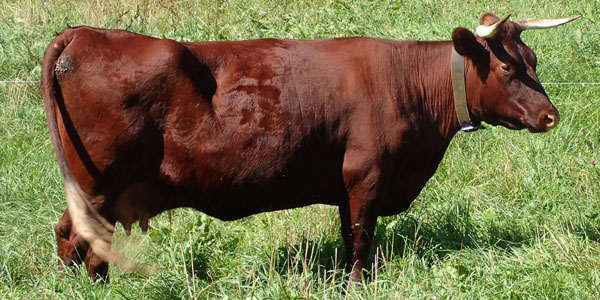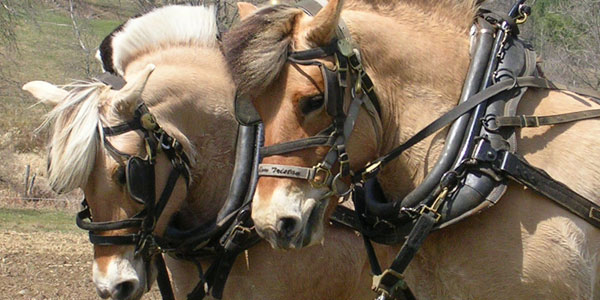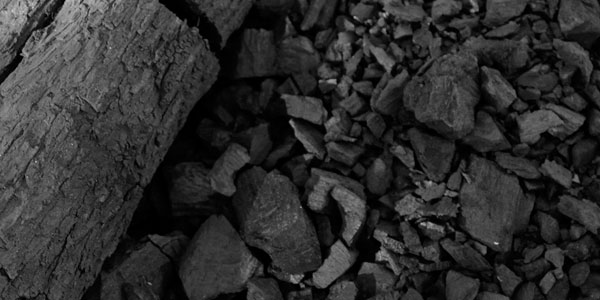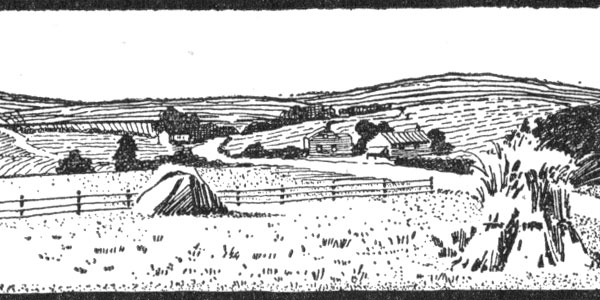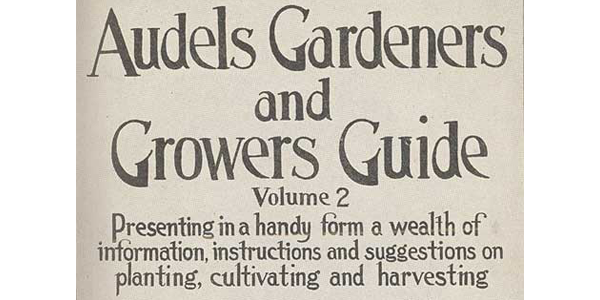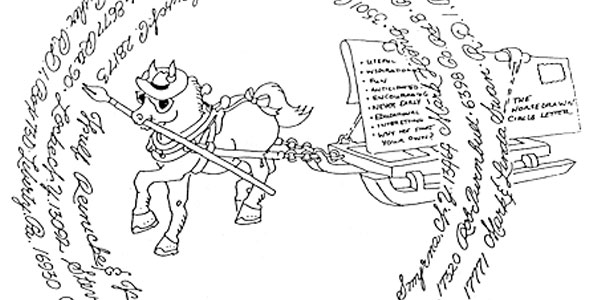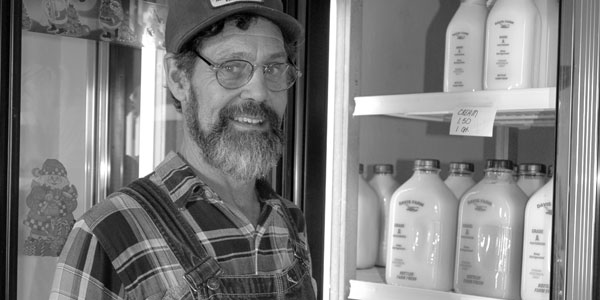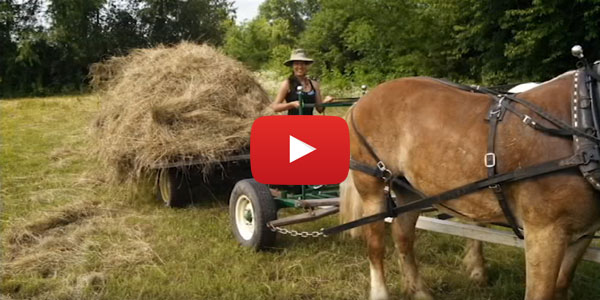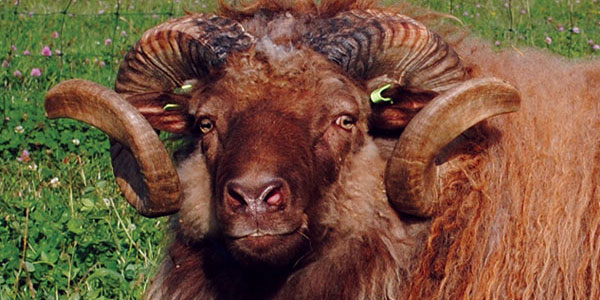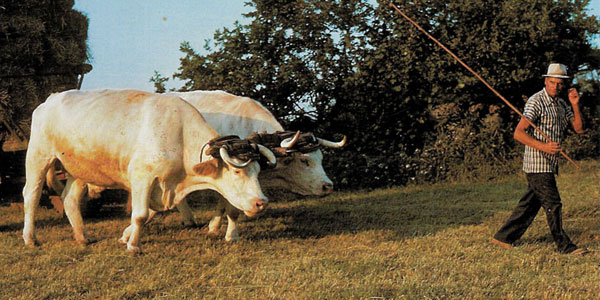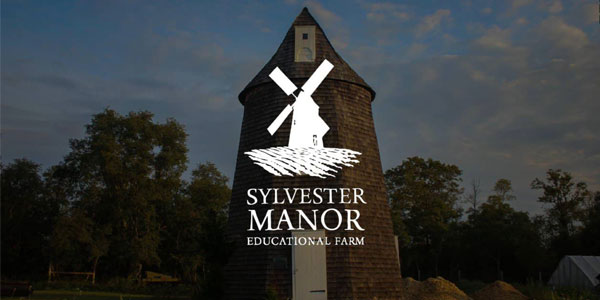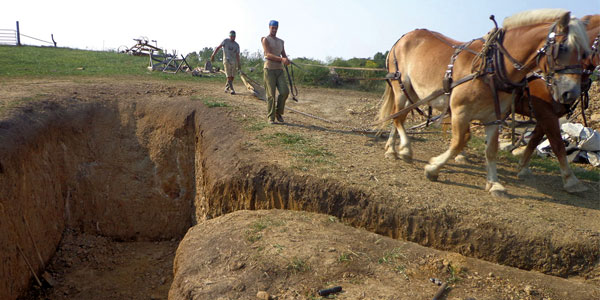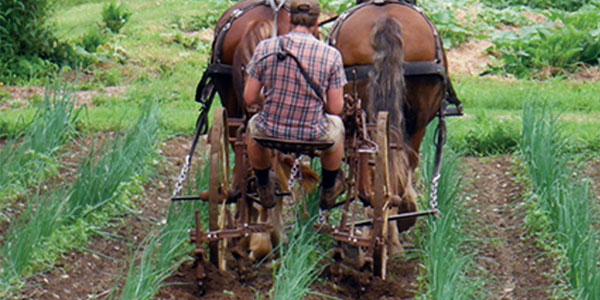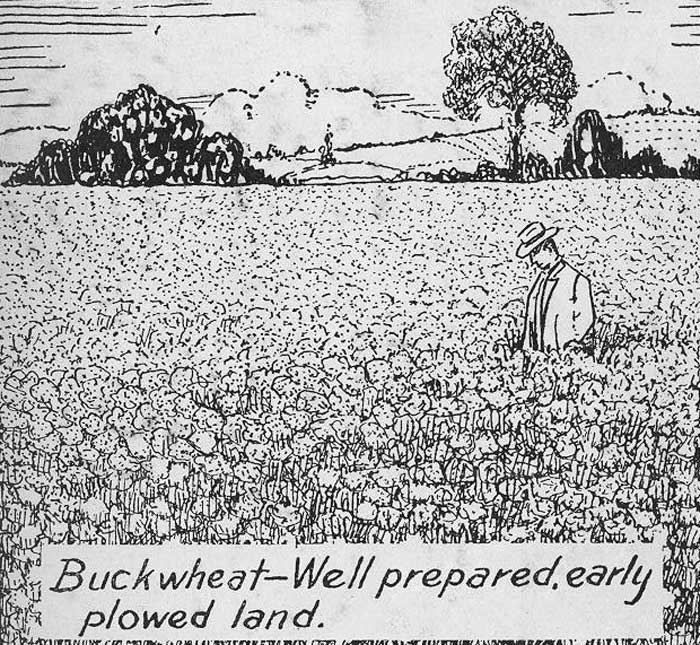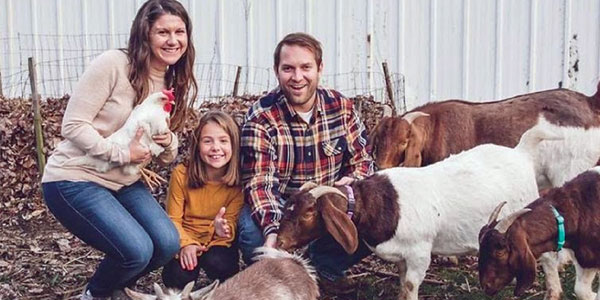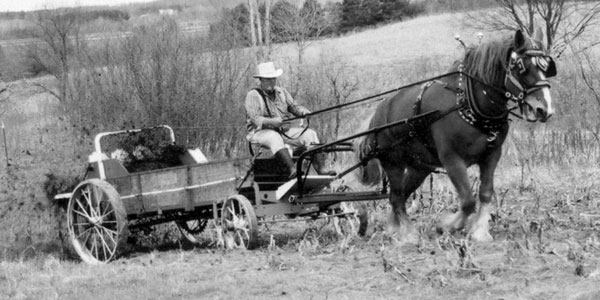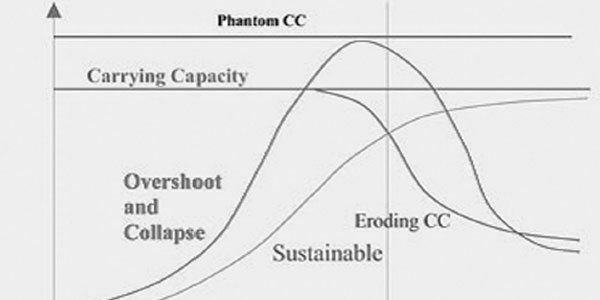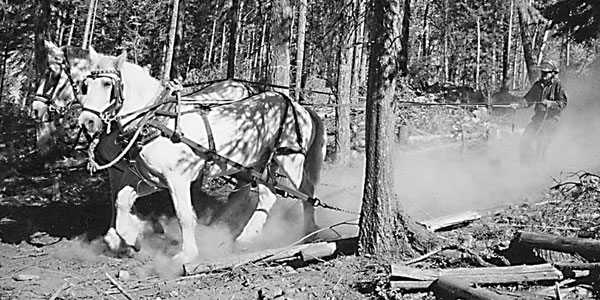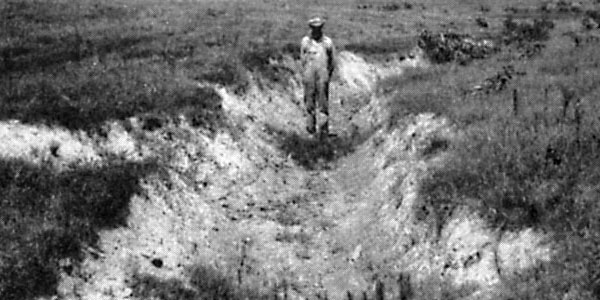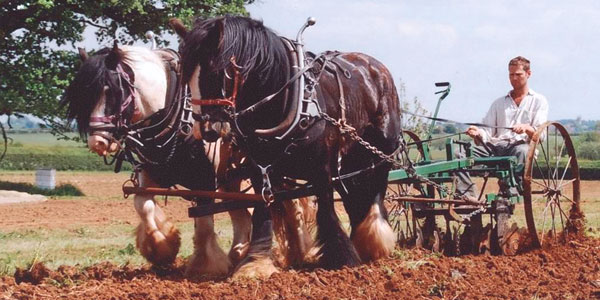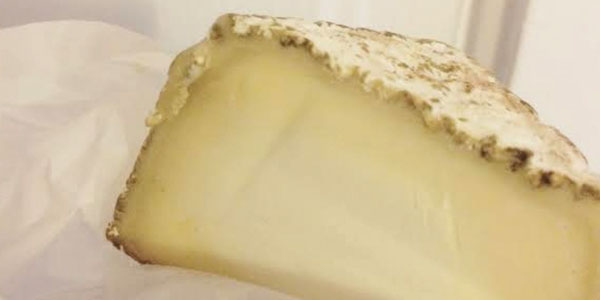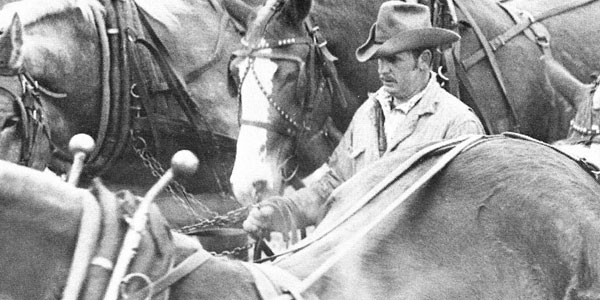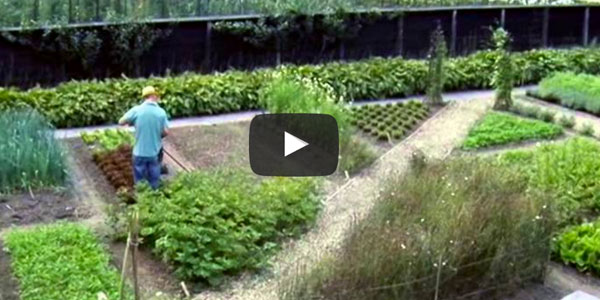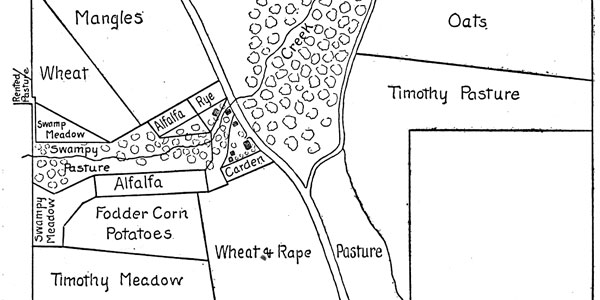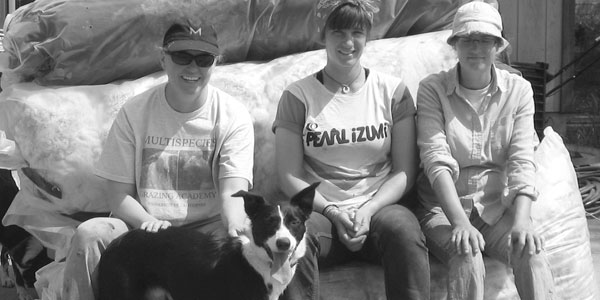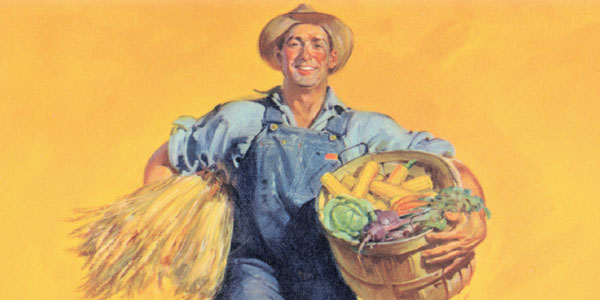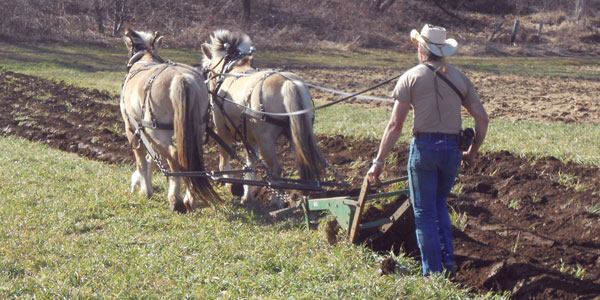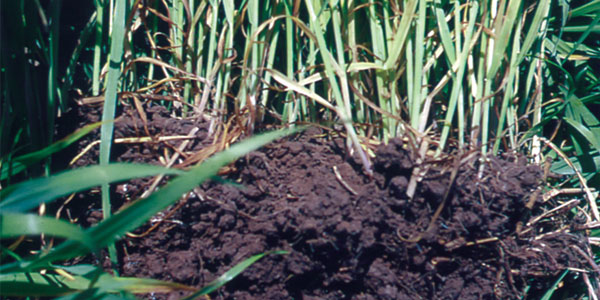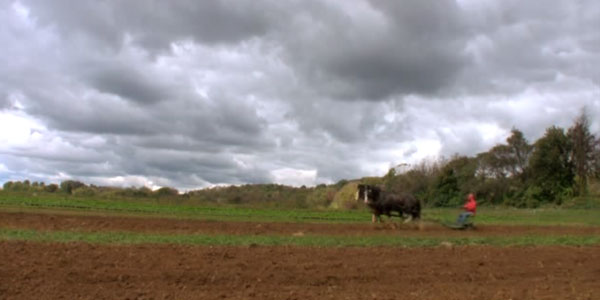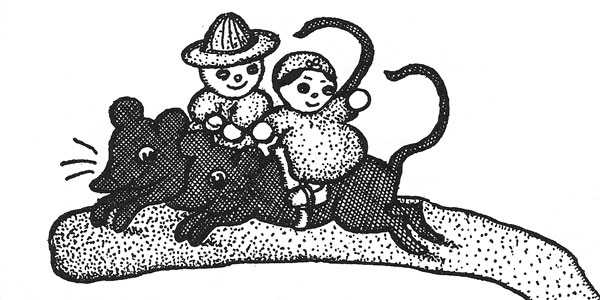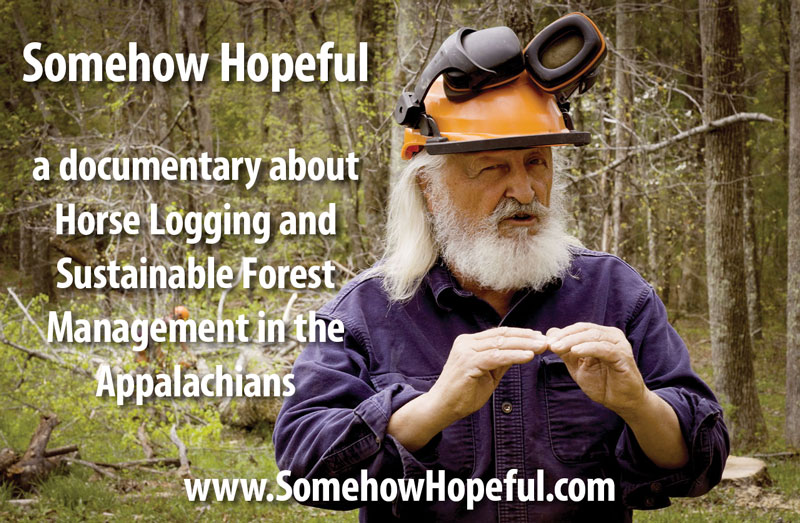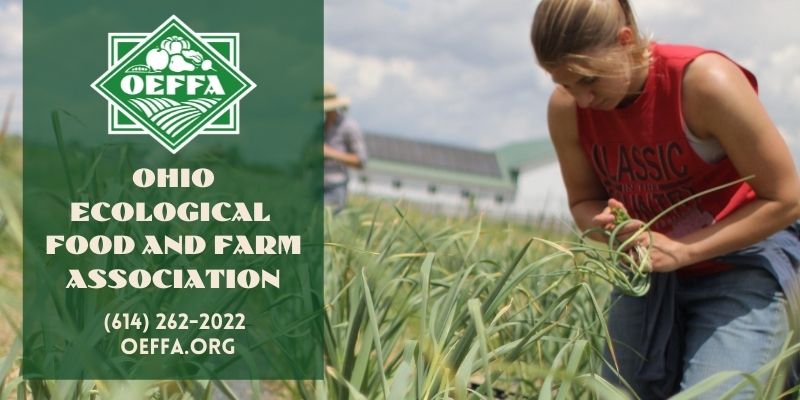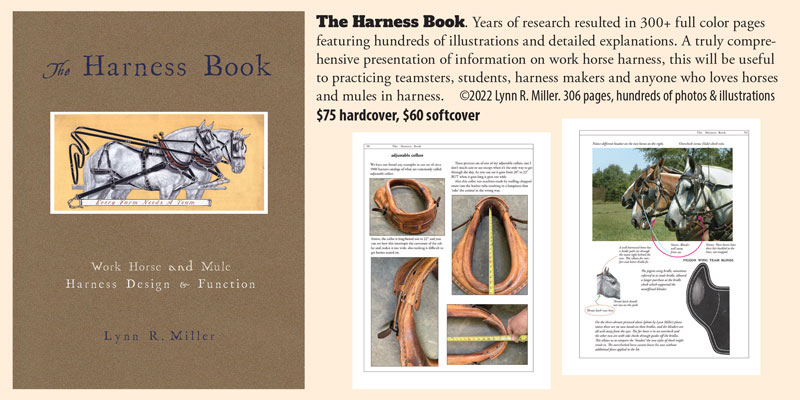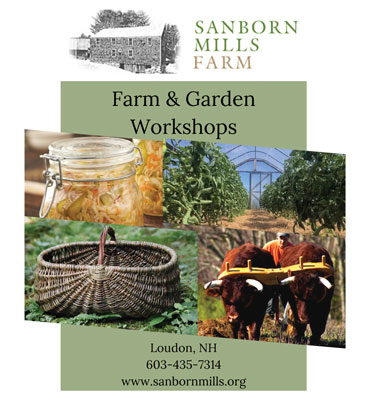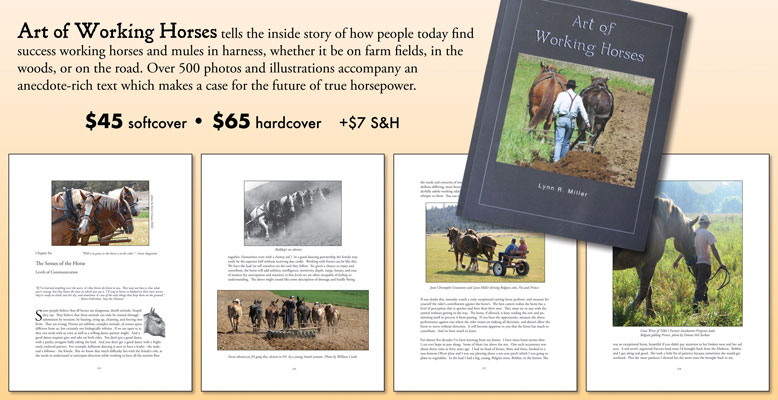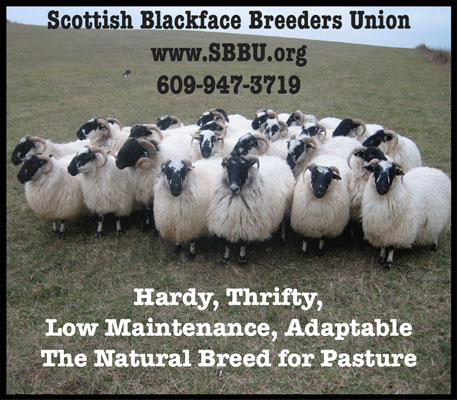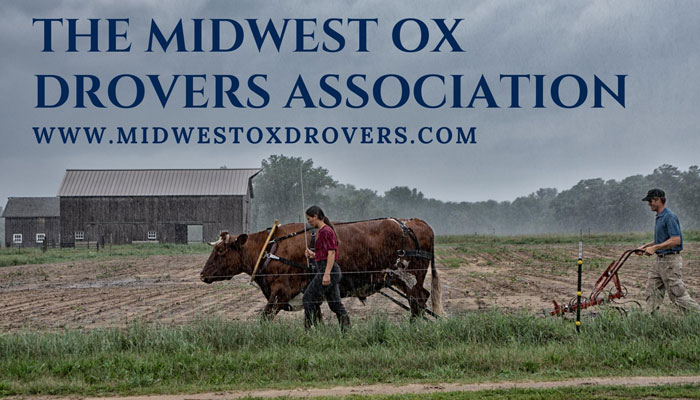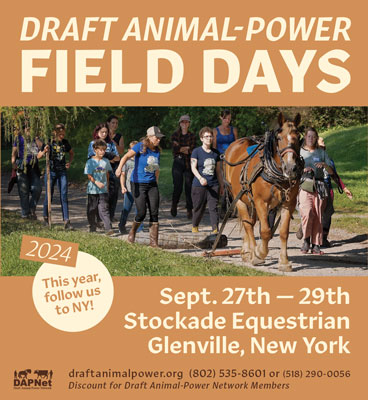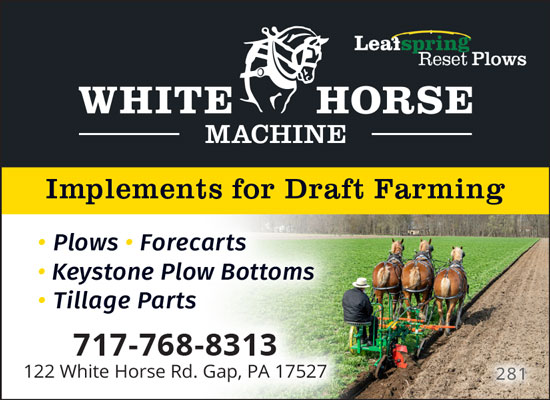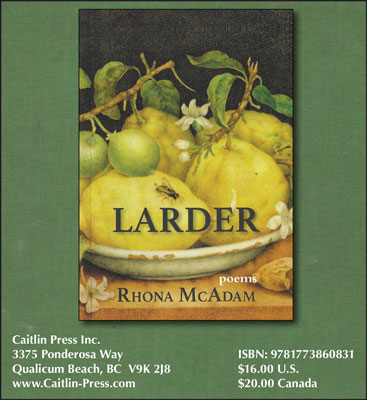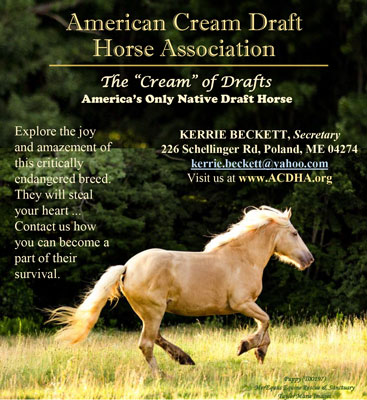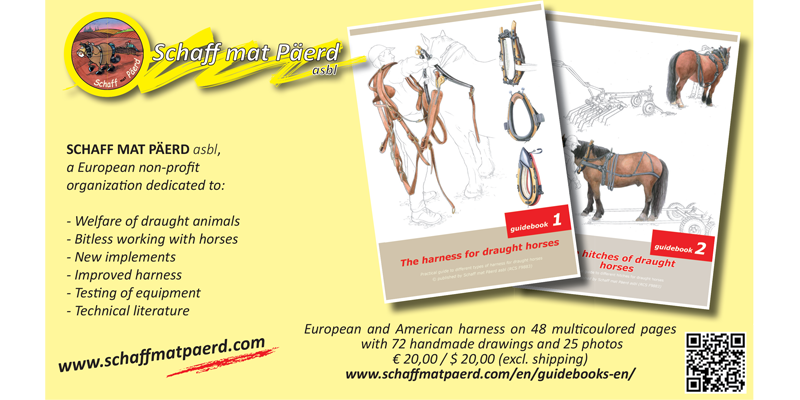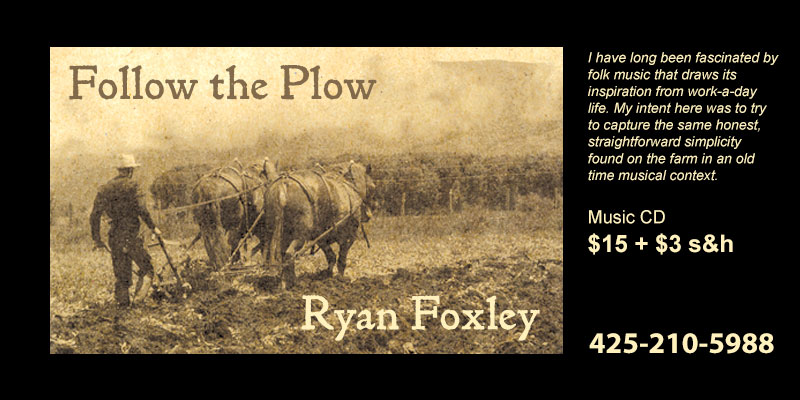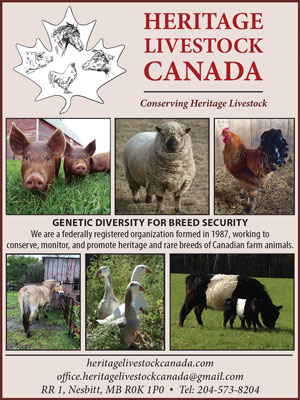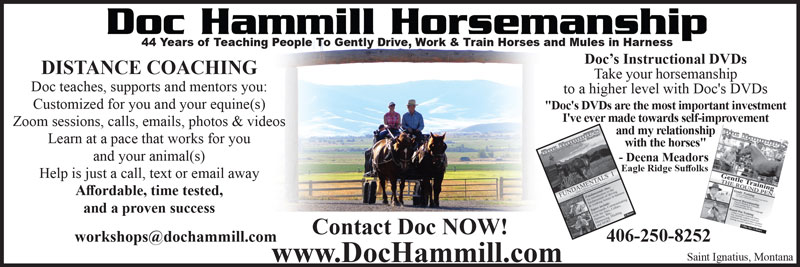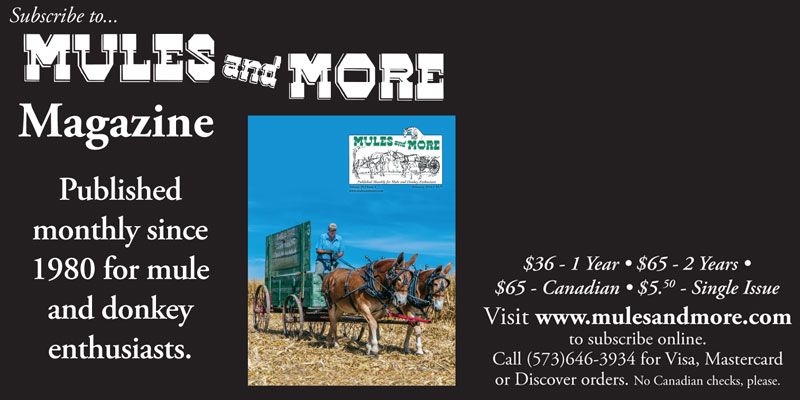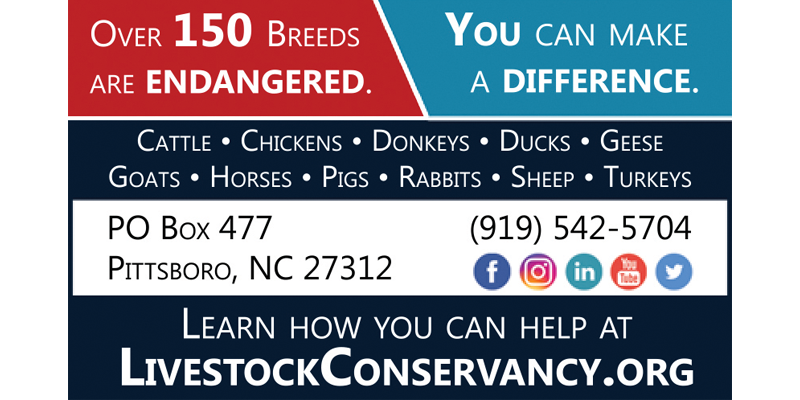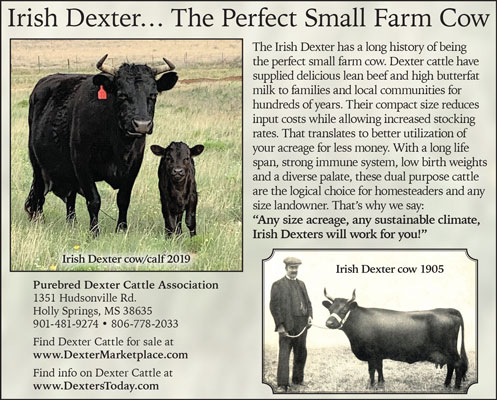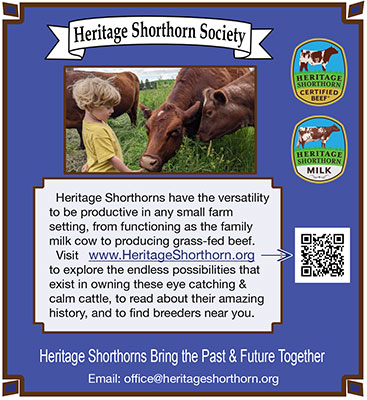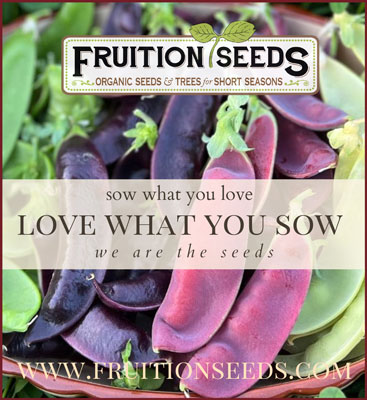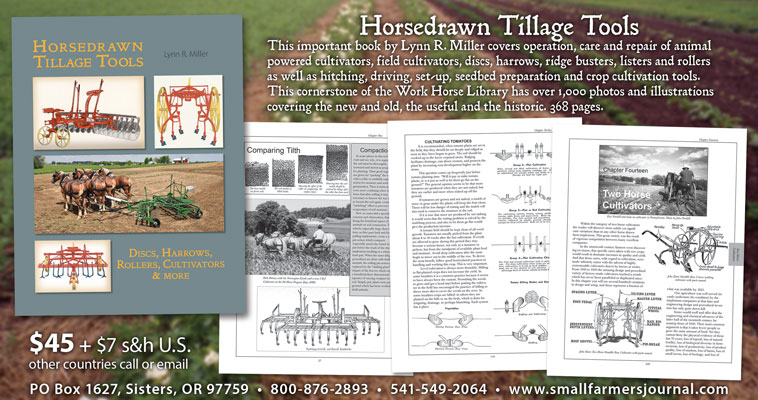MONDAY
April 15, 2024
Ground Driven PTOs
One of the ways tractors both gained and maintained their appeal is from the wider range of machinery they can power with the PTOs they carry. This definitely gave them the advantage over draft power. But is it going to stay that way? It may not have to be on a small farm. During the horsepower road trip Khoke and I went on a couple years ago, we got to see some examples from folks who knew which side of the fence they were on. We saw a number of machines that were reworked and reinvented to make them run off the power source of their choice, namely horsepower.
TUESDAY
April 16, 2024
Headlight Grape
One of the things long desired by Southern fruit growers is a good table grape, sufficiently resistant to leaf and fruit diseases to endure the climatic conditions of their section. Many varieties have been brought forward from time to time; but of the older sorts especially adapted to table use not one, either foreign or native, has yet proved successful over any large area. One of the most promising recent introductions in this field is the Headlight, which was originated by Prof. T.V. Munson, of Denison, TX, in 1895.
WEDNESDAY
April 17, 2024
John Deere Model HH Spreader
Check the adjustments on your spreader and make sure they are in proper operating condition. Hitch your team to the empty spreader to limber it up and see that it is working properly before loading. If you will turn the beaters over by hand before starting to the field, the spreader will start easier and will prevent throwing out a large bunch of manure when starting.
THURSDAY
April 18, 2024
Lost Apples
The mindboggling agricultural plant and animal diversity, at the beginning of the twentieth century, should have been a treasure trove which mankind worked tirelessy to maintain. Such has not been the case. Alas, much has been lost, perhaps forever. Here are images and information on a handful of apple varieties from a valuable hundred year old text in our library.
FRIDAY
April 19, 2024
American Milking Devons and the Flack Family Farm
On a sunny early September day I met Doug Flack at his biodynamic and organic farm, just South of Enosburg Falls. Doug is an American Milking Devon breeder with some of the best uddered and well behaved animals I have seen in the breed. The animals are beautifully integrated into his small and diversified farm. His system of management seems to bring out the best in the animals and his enthusiasm for Devon cattle is contagious.
Are you getting the SFJ Home & Shop Companion?
The Home & Shop Companion is a free weekly email newsletter. It features stories, handy hints, recipes, news, offers, projects, distractions and other stuff we think you’ll find interesting. The entire series is archived here on the website and is free to all to browse: Home & Shop Companion Archive.
SIGN ME UP FOR THE HOME & SHOP COMPANION!
Explore Small Farmer's Journal: Farming Systems & Approaches
Fjordworks: Primary Tillage at Cedar Mountain Farm Part 1
Primary tillage is the first step in readying land for the reception of seeds or transplants. Just as the gardener breaks ground with a spade, and then breaks up clods with a hoe, and finally levels all with a rake, so does the farmer have a basic armory of tools to perform these functions on a larger scale in order to create a seed bed. Our primary tillage begins with the moldboard plow.
A Short History of the Horse-Drawn Mower
Book Excerpt: The enclosed gear, late model John Deere, Case, Oliver, David Bradley, and McCormick Deering International mowers I (we) are so fond of had a zenith of popular manufacture and use that lasted just short of 25 years. Millions of farmers with millions of mowers, built to have a serviceable life of 100 plus years, all pushed into the fence rows. I say, it was far too short of a period.
Charcoal
Care should be taken that the charcoal be well pulverized, for it has been ascertained that during the process of burning the wood to get it, the openings of the pores become closed by a vitreous matter – probably caused by the fire melting the silicate of potash – and thus deprive it of the power of absorbing gases. By crushing it other openings are made, which unless the charcoal is again subjected to fire, will not become closed.
Winter Feeding in British Columbia
November 31st: Beautiful out. Horses are going now. Just for the record, I pulled some logs in for firewood yesterday and that calmed them down a bit. Today, early, I built a stone boat and they pulled it, no problem. So we went up to the shamrock meadow and got an 800 pound bale of hay, which we pulled onto the stone boat with the horses, then came home. Real fun, feeding with the horses. So now we’re in gear to do it. Just about! Not feeding with the sleigh yet.
Starting Your Farm: Chapter 4
Assuming that you’ve found a farm you want to buy, next you’ll need to determine if you can buy it. If you have sold your property, and/or saved your money, and have the means to buy the farm you are sitting pretty. If you do not have the full price of a considered farm, in cash or any other form, you will likely have to look for financing.
When Enough Is Enough
Joseph, I agree with your twist on some of us farmers/homesteaders being ruled by the farm and its work. It’s a case of the “tail wagging the dog.” Maybe we should discuss our time management methods of deciding when to determine when “enough is enough.” We are not in it for the money and this is the lifestyle we choose. So…why is it so stressful? Is this the way it is supposed to be?
Peas as a Field Crop
The pea is grown as a field crop for the production of grain for stock-feeding and for the manufacture of “split peas” for culinary use, for canning in the factories, for forage and green-manuring and to supply the seed trade. The field- or stock-pea differs from the garden pea usually in its violet or purple rather than white flowers, its smaller and more uniformly smooth seeds, but chiefly in the less tenderness and sweetness and lower quality of the green seeds.
Sustainable Forestry
After 70 plus years of industrial logging, the world’s forests are as degraded and diminished as its farmlands, or by some estimates even more so. And this is a big problem for all of us, because the forests of the world do much more than supply lumber, Brazil nuts, and maple syrup. Farmlands produce food, a basic need to be sure, but forests are responsible for protecting and purifying the air, water and soil which are even more basic.
Crops for Those “Unfarmable” Spaces
Whether located in a suburban setting, or a rural one with limited available acreage, small farmers are always facing a perennial problem – not enough room. However, right under a small farmer’s nose, on almost every city lot or nook and cranny of an oddly shaped rural parcel, there’s a home for some fruit or vegetable. Maybe that sliver of ground is only a few square feet, has limited sun, is in a ditch or against a wall or fence, but some certain garden plant or animal would love to call it home.
Planting Calendar and Other Diagrams
From Dusty Shelves: A 1943 calendar for seeding your vegetable garden.
Making Hay with Horses part 1
Sickle bar mowers are no high performance machinery and need a lot of maintenance, compared to disc and drum mowers, but are definitely the better mowers in my opinion. This is not only due to their low impact to the nature, but also due to the quality of their work. The knives cut the grass instead of knocking it off like fast rotating drum and disc mowers. A sharp cut lets the grass grow better again, thus optimizing the next harvest. In Luxembourg you can even get financial support by the Ministry of Environment when participating in a wide-ranging program called “maintaining the biodiversity,” as this mowing technology is recognized as environmentally friendly.
Farm Manure
Naturally there is great variation in manure according to the animals it is made by, the feeding and bedding material, and the manner in which it is kept. Different analyses naturally shows different results and the tables here given serve only as a guide or index to the various kinds. The manure heap, by the way, is no place for old tin cans, bottles, glass, and other similar waste material.
A Year of Contract Grazing
Contract grazing involves the use of livestock to control specific undesirable plants, primarily for ecological restoration and wildfire prevention purposes. The landowners we worked for saw grazing as an ecologically friendly alternative to mowing, mechanical brush removal, and herbicide application.
Working Horses Successfully
I have a thought for another circle letter discussion. I would like to hear what folks feel it takes to work successfully with horses. How folks deal with their horses in all their moods and in all the different situations presented to them. When I started driving I found the hardest thing for me was working with my horses when things were just not quite right. Many of my attempts seemed to make things worse, though we would always seem to get through the day. I found my ideas on what it takes to drive horses successfully to be changing almost daily as I feel I am slowly stumbling onto an approach that works.
Horsedrawn Dairy
Mr. Davis said he doesn’t make any claims to environmentalism, although his business methods might look like it. He uses glass bottles and horse power because they are economically sound. He farms organically, although he is not interested in buying into ‘organics’ or its politics. He doesn’t tout ‘natural’ on the label. “My customers see the farm, they see the milk, they taste the milk, they come back. It’s that simple. I don’t promise them that it will cure cancer or prevent it. I don’t promise them that it is going to put the ozone back,” he said. “And, I don’t promise them that it’s going to make them feel any better tomorrow than they feel today. I just put good, healthy milk on the market at a reasonable price, and I farm in a conservative method that is not polluting.”
Farm to School Programs Take Root
Vermont has been a Farm to School pioneer, with a long history of engagement and partnership by farmers, school leaders, non-profit organizations, state agencies and local businesses. Farm to School in Vermont often advances a comprehensive agenda, working to integrate local food and farms into the cafeteria, classroom and community – or the “three C’s.” Around Vermont, various regional groups have emerged to work together around these goals and support the more than 200 schools with Farm to School efforts. Following is a series of three articles that describe farm to school efforts from different vantage points. All three authors live in Hartland, Vermont.
Prosperous Homesteading
Prosperous Homesteading at FreeSong Farm by Greg Jeffers prosperoushomesteading.blogspot.com
What to Buy First
I help to teach a class for aspiring farmers in the Sierra foothills. Invariably, we begin talking about when a new producer should purchase his or her first tractor. This seems to be a “guy” thing – the male of our species can’t conceive of a commercial farming enterprise without a tractor! For most start-up crop farms, however, a tractor shouldn’t be the first capital expenditure. Things like deer fencing, irrigation systems and hand tools are far more critical to a small-scale vegetable grower – buying a tractor to cultivate an acre of crops just doesn’t make economic sense.
Icelandic Sheep for the Small Farm
Icelandic sheep belong to the group of sheep known as the Northern European Short-tails, a group of relatively primitive sheep that have in common, as you’d expect, their short tails that never need to be docked, and their origin in countries and regions of northern Europe, including Iceland, the Baltic states, the Faroe Islands, Finland, Norway, Russia, Sweden, Shetland and south through Scotland. The sheep of Iceland were brought to the island by the Vikings in the 8th – 9th century. There they make up a substantial percentage of the agricultural output of the country, and are a commercial production breed.
The Yokes of Morvan
We recently had to move the Miller archive of old books and magazines, and we had to do it in a relative hurry. Fifty years worth of accumulated reference materials, with many, many boxes of items long thought lost. Four of us packing, loading and unpacking – our urgency challenged by the discovery of hundreds of forgotten goodies. Two such items were large format, catalog-type magazines covering a certain region’s ox heritage. These were sent to us decades ago by Philippe Berte-Langereau of France. When we learned we would be able to print Rob Collin’s excellent MODA report in this SFJ, I immediately thought it would be a grand opportunity to share just a little bit from Philippe’s magnificent work.
Sylvester Manor
Sylvester Manor is an educational farm on Shelter Island, whose mission is to cultivate, preserve, and share these lands, buildings, and stories — inviting new thought about the importance of food, culture and place in our daily lives.
Horse-Logging with a Scoot
From time to time, someone will ask me what method I use for skidding logs. My answer is: “Whatever fits the situation”. To me it is not about skidding logs, it’s about working horses in the woods. To that end, I have spent fifteen years logging, and learning how to employ different types of equipment that augment the efficiency of working animals. I have two logging carts, a bobsled, a set of bob-wheels, a scoot, and I have twitched many logs with a single horse, as well as with a team of horses, or oxen.
Beating the Beetles – War & Peace in a Houston Garden
Blooming that is, unless the cucumber beetles arrive first.
And arrive they have … “At first I thought they looked like big, yellow lady bugs.” Paul said, “Then I looked…
Building A Root Cellar
After Khoke and I married, the life we wove with farming and gardening kept us as busy as one could imagine. The summer and fall harvest would leave our small house feeling quite small indeed. As winter wore on, our potatoes and apples would shrivel in the dry air and some of my canned goods would pop their seals from being stored at temperatures much too warm. So began the conversation about building a root cellar.
Low Tillage Radish Onions
The radishes came up quick, filling the garden canopy completely that fall, and the following spring we found the plot was clean of weeds and rows of open holes were left where the radish roots had been growing. Well, we had a few extra onion plants that spring and decided to plant them in these holes, since we already had very clear lines laid out for us and a clean seedbed. What we got were the best looking onions that have ever come out of our gardens.
Soil, Vegetation, and Acidity
From Dusty Shelves: Audels Gardeners and Growers Guide teaches us about soil acidity.
My Goatscaped Lawn Turned Farm
The logical and fun solution to vegetation management for us has been employing goats. We do not have the time, nor the income to support mechanical means of clearing brush. Our goat cost averaged about $100 each — a much smaller upfront investment. In addition, the goats can do some work while we are occupied with our day jobs. Above all, we believe utilizing goats instead of traditional mechanical and chemical means impacts our local biodiversity in a positive way. We want plant species that naturally grow here to flourish and provide food and habitat for wildlife.
Such a One Horse Outfit
One day my stepfather brought over a magazine he had recently subscribed to. It was called Small Farmer’s Journal published by a guy named Lynn Miller. That issue had a short story about an old man that used a single small mule to garden and skid firewood with. I was totally fascinated with the prospect of having a horse and him earning his keep. It sorta seemed like having your cake and eating it too.
Raised Bed Gardening
Raised beds may not be right for everyone, and our way is not the only way. I have seen raised beds made from rows of 5’ diameter kiddy pools, and heard of a fellow who collected junk refrigerators from the dump and lined them up on their backs into a rainbow of colored enameled steel raised beds. Even rows of five-gallon pails filled with plants count as raised beds in my estimation. Do it any way you care to, but do it if it’s right for you.
Small Farm Marketing
“Sooner or later the American people will have to start eating more food that’s grown closer to home,” asserts Maurice Norman, pick-your-own fruit grower from Hendersonville, Tennessee. His belief is shared by thousands of small farmers across the country who are changing the face of agriculture by growing and selling fruit and vegetables on a small scale.
A Potato Story
In our region, which is highly urbanized and industrialized, many basic connections with regard to food production have literally been lost. Many people no longer know where their food comes from and the majority of the food produced in the small town of Lorsch is not consumed there. It is produced for the “global market” and does not find any added value in the community itself. This goes along with the fact that the regional and local infrastructure has gradually collapsed. There is a lack of local processing facilities for food: often products have to be transported many kilometres before they can be processed at all.
Visioning County Food Production Part 1
In this series I will attempt a preliminary vision of a relocalization of food production designed to feed the population of Tompkins County, New York. A project of this scope implies a reorganization of food processing and distribution that, while not included in this first iteration, will need to be integrated in a later, expanded overview.
Horselogging Follies – Dance ’til you Drop
If you have ever had a few good days in the woods with your team – those days when you and the horses are right on top of the work, in great physical shape, and the wood piles up on your landing – then you may have thought, “this would be a great way to make a living. I should get a contract on a big chunk of timber.” After all, the opportunities abound: often private landowners want only horses to work in their woods, for reasons both philosophical and practical; forest companies will sometimes look for competent horseloggers to work in niche areas, as much for the public relations value as for silvicultural reasons; governments offer public timber sales with horselogging only restrictions; and I have detailed elsewhere (see SFJ Summer ‘94) how well a portable mill and a team of horses can work together.
Erosion Controls part 2
Where necessary and practical, run-off should be diverted from a gully head before control measures are attempted within the gully. This principle generally applies to gullies of all sizes except those having so small a drainage area that the run-off is negligible, as for example, a gully with a drainage area of less than an acre. In using either terraces or diversion ditches careful consideration should be given to the disposal of the diverted water. If safe disposal cannot be provided, the water should not be diverted. The disposal of concentrated run-off over unprotected areas may cause gullying.
Chagfood Community Market Garden
Chagfood Community Market Garden is a CSA supplying 80 shares a week from five acres, on the edge of a small town called Chagford on the northern edge of Dartmoor National Park, in Devonshire, England. Chagfood has been running since 2010 when it was set up by Ed Hamer and his wife Yssy. Having been born and brought up in the National Park, Ed was aware that many of the traditional farming skills and knowledge of the area have been lost as farming has become more intensive. As a result he was keen to use working horses on the market garden from the very beginning, in an effort to keep the skills of working horsemanship alive for the next generation.
In Defense of Goat Cheese
Chevre is a lovely thing. It’s delicious, can be fluffy, spreadable, buttery, a little tangy and a perfect companion to a dollop of honey and a hunk of crusty bread. It’s also what people think of as goat cheese. Every time I do a tasting, I realize how many folks aren’t really acquainted yet with the beauty of aged and bloomy-rind goat cheeses. So of course I like to add in a lovely Crottin or Valencay inspired cheese to the mix. These goat cheeses are generally aged about 2-3 weeks and showcase a natural mold rind that is edible. These are my favorite of goat cheeses. They are also the least familiar.
San Francisco Ranch
The ranch consists of several thousands of acres; the horse are used to farm 555 acres. Last Fall 25 acres were plowed. So far this Spring they had worked up 200 acres with horses. The main part of the farming is done with horses. A tractor is used to clean corrals and bale hay. The hay is cut with a swather. All hay hauling is done with horses. 16 head of horses are used every day. 24 horses are available to work. Pete uses an 8 horse hitch. With green horses, he rotates them in half days at a time in 3 to 6 day intervals. There are 47 head of registered Belgian horses, 2 pair of geldings and some grade horses. Add in the saddle horses and the total equine count comes to 105.
Portrait of a Garden
As the seasons slip by at a centuries-old Dutch estate, an 85-year-old pruning master and the owner work on cultivating crops in the kitchen garden. To do this successfully requires a degree of obsessiveness, the old man explains in this calm, observational documentary. The pruning master still works every day. It would be easier if he were only 60 and young.
Personal Food Production
We can argue about when, but someday within several decades, oil and the plentiful super-market food we take for granted will be in short supply and/or very expensive. We must all start immediately to grow as much of our own food as possible. This is the fun part and is the subject of a vast popular movement highlighted by innumerable books, magazines, and web sites. Square-foot gardening, raised beds, and permaculture are the new rage. We don’t need thirty-million acres of lawns. Flowers aren’t very filling either.
Planning the Fields circa 1900
This information appeared in L.H. Bailey’s Cyclopedia of American Agriculture from 1900. It was one approach to field design at a time when rotation was king. Though the menu of crop succession is important and useful, we find the sterile approach to field reshaping, in the name of “efficiency,” to be harsh and somewhat suspect. With the return of our small farms and good farming comes a renewed interest in the powerful tool of crop rotation. It preserves soil, builds soil, activates the calendar year in helpful ways and spreads the farmer’s risk.
Week in the Life of D Acres
D Acres of New Hampshire in Dorchester, a permaculture farm, sustainability center, and non-profit educational organization, is a bit of a challenge to describe. Join us for this week-in-the-life tour, a little of everything that really did unfold in this manner. Extraordinary, perhaps, only in that these few November days were entirely ordinary.
Reconstruction by Way of the Soil Part 2
The spread of the degradation of the soil was centrifugal from Latium itself outwards. Varro noted abandoned fields in Latium, and two centuries later Columella, about A.D. 60, referred to all Latium as a country where the people would have died of starvation, but for their share of Rome’s imported corn. The Roman armies moved outwards from Latium demanding land; victory gave more land to the farmers; excessive demands again brought exhaustion of fertility; again the armies moved outwards.
Starting a Farm Internship Program
Farming and ranching internships seem to be the twenty-first century’s answer to the need for hands-on, person-to-person education on the art, science and business of sustainable farming and ranching. Well-designed internships can provide interns with basic skills and experiences necessary to make a start in farming as a profession. For established farmers, internships can provide an opportunity to foster and inspire a new generation of producers.
Visioning County Food Production Part 2
Some of the most durable and productive low external input farming systems in history are designed around animals that can accelerate the growth and conversion of plants to fertilizer. Because they are highly multifunctional, ruminant mammals rank highest among these. Beyond their manure production function, they can consume fibrous perennials unusable for human food. These perennials can grow on hill land too rocky or too erodable for many types of food cropping. Used as work animals, ruminants multiply the energy input from human labor many times.
Be Careful Being Careful
While I can appreciate the fact that as communities we are lacking the slaughtering and processing facilities that we need to have functional local food systems, I also have reservations about systems such as mobile slaughterhouses. For some, these units will allow new opportunities, but for others, those of us hard-scrabble, back-woods practitioners, it also represents the USDA finding another way to edit our food production stories.
Cultivating Questions: Follow-Up On Phosphorus
We like to think that the bio-extensive approach to market gardening minimizes the risk of overloading the soil with nutrients because the fallow lands make it possible to grow lots of cover crops to maintain soil structure and organic matter rather than relying on large quantities of manure and compost. However, we are now seeing the consequences of ignoring our own farm philosophy when we resorted to off-farm inputs to correct a phosphate deficiency.
Fjordworks: Plowing the Market Garden Part 5
When you first start out trying to plow on the walking plow, if at all possible, start out with someone you trust on the lines and you working the plow handles. That way one person can school the horses to get them to understand what is being asked while you can focus entirely on learning how to steer the plow. Once the two of you and the team have got all that working reasonably well it won’t be such a big step to handle the horses and the plow by yourself.
Handling Feed the Easy Way
Feed-handling jobs which used to take hours of time and plenty of back bending are now done in a matter of minutes with little more than a lift of the hand, by means of chutes, augers, power lifts, portable elevators, movable hoppers, overhead catwalks, traveling feed boxes and other ideas similar to the examples shown on these pages. These are the days when feed handling had been powered-up to the point where 100 bushels of shelled corn can be loaded out of a bin into a truck in five minutes, and here’s how it’s done.
The Functions and Value of Soil Bacteria
By proper methods of tillage, crop rotation, or green manuring, and even by the application of fertilizers, the interaction between prevailing soil conditions and biological phenomena may be modified so as to promote the activity of desirable micro-organisms and retard the development of the undesirable ones.
The Farmer & The Horse
In New Jersey — land of The Sopranos, Jersey Shore, and the Turnpike — farmland is more expensive than anywhere else. It’s not an easy place to try to start a career as a farmer. But for a new generation of farmers inspired by sustainability, everything seems possible. Even a farm powered by draft horses.




